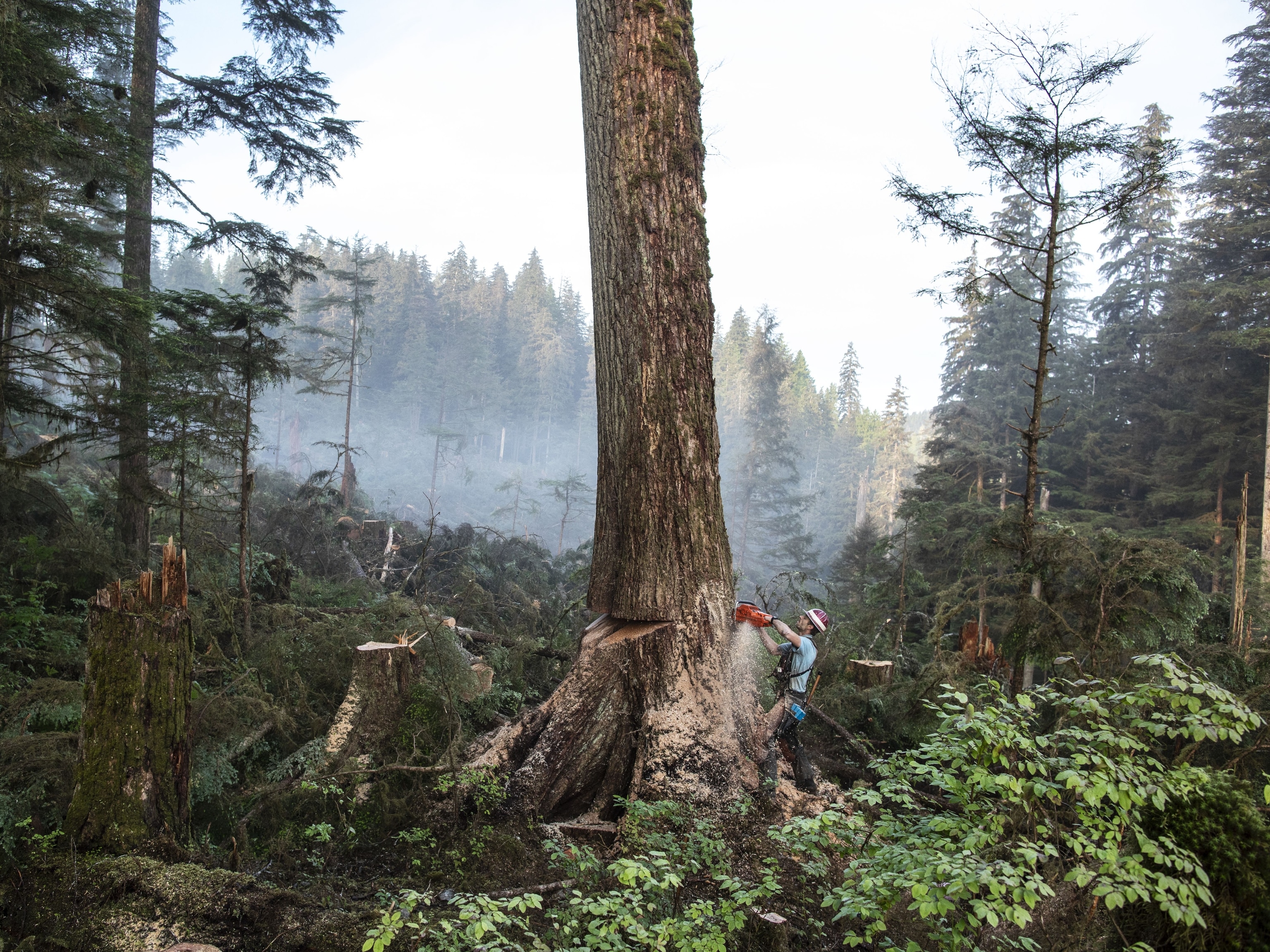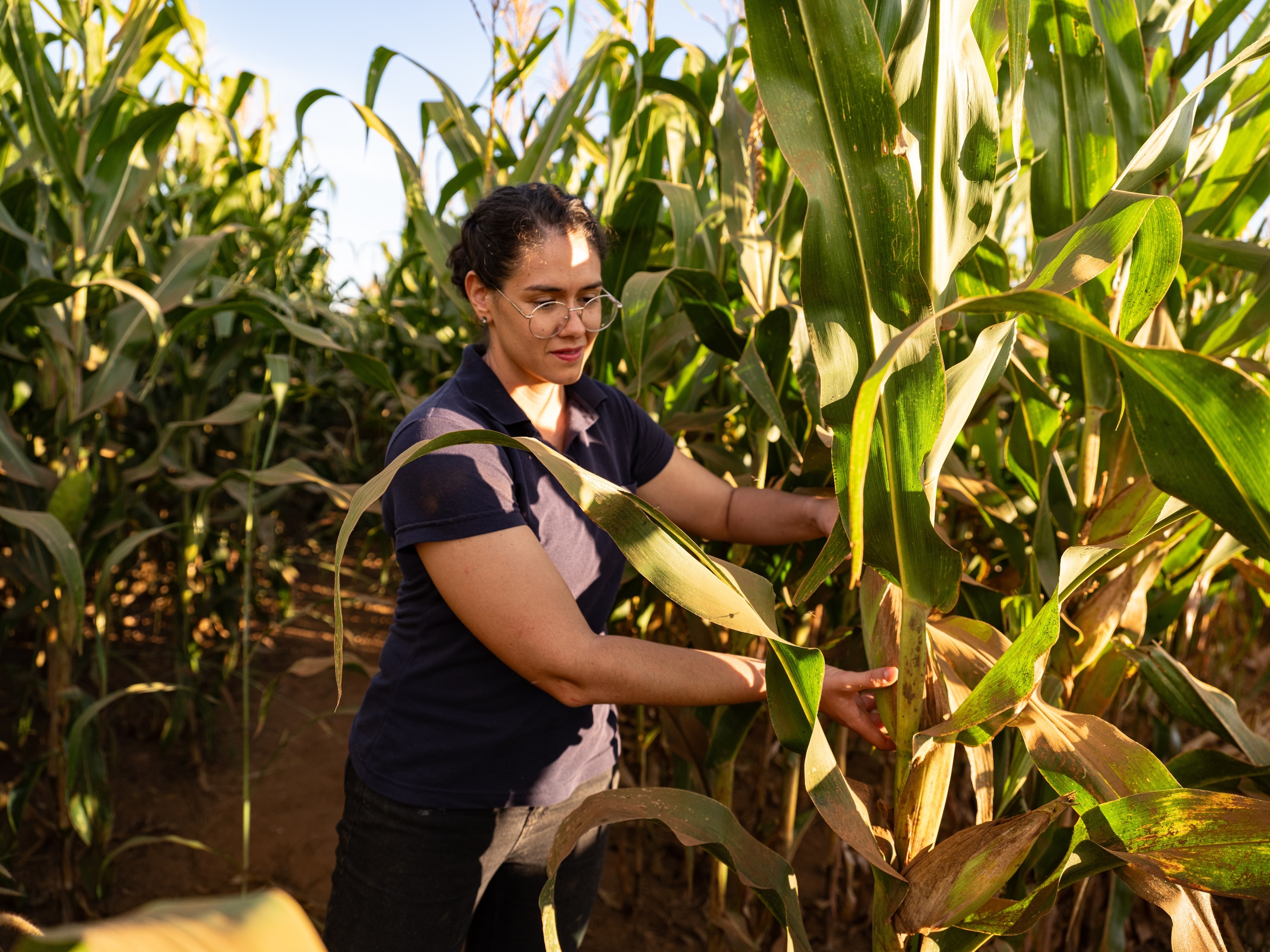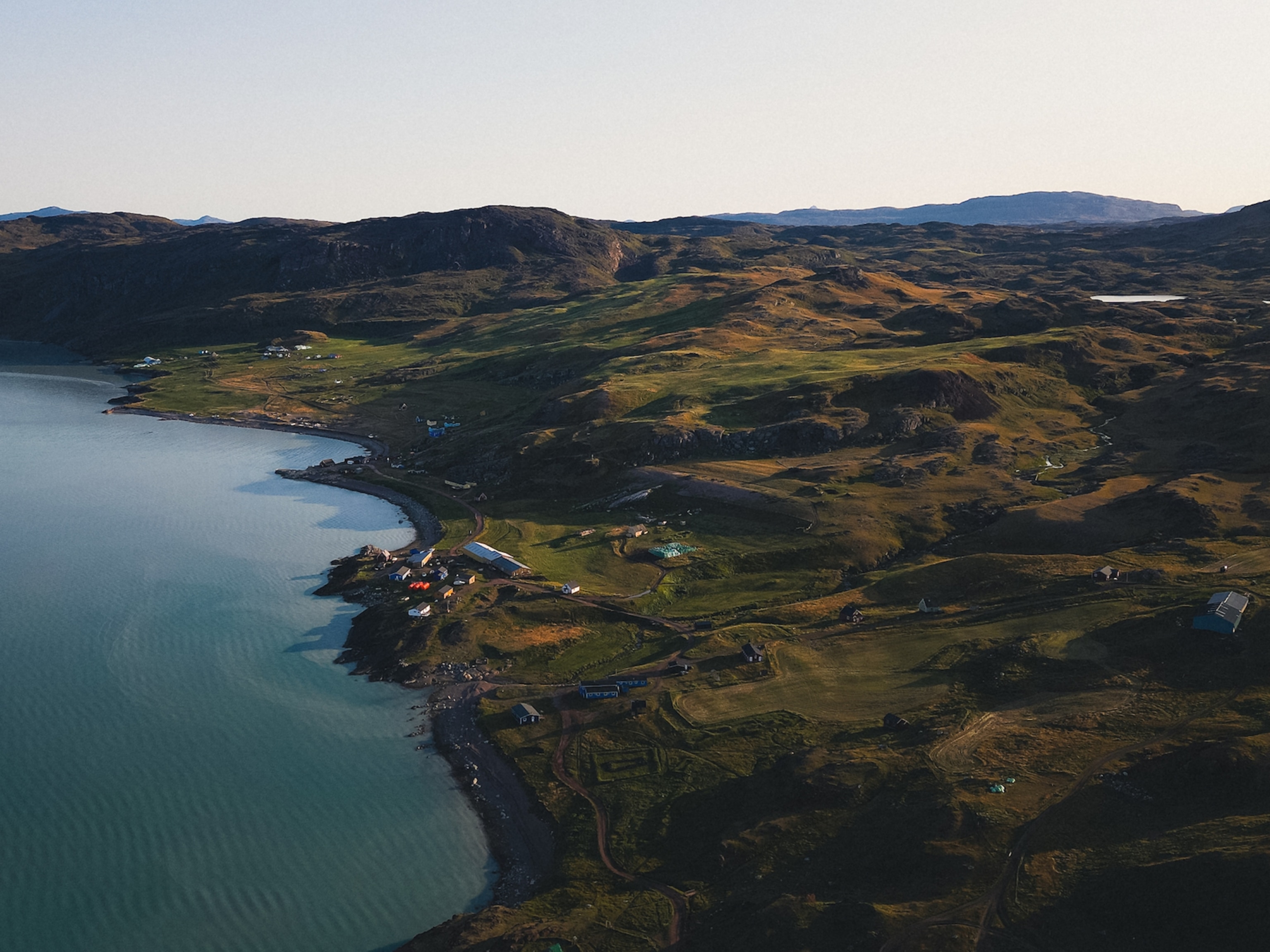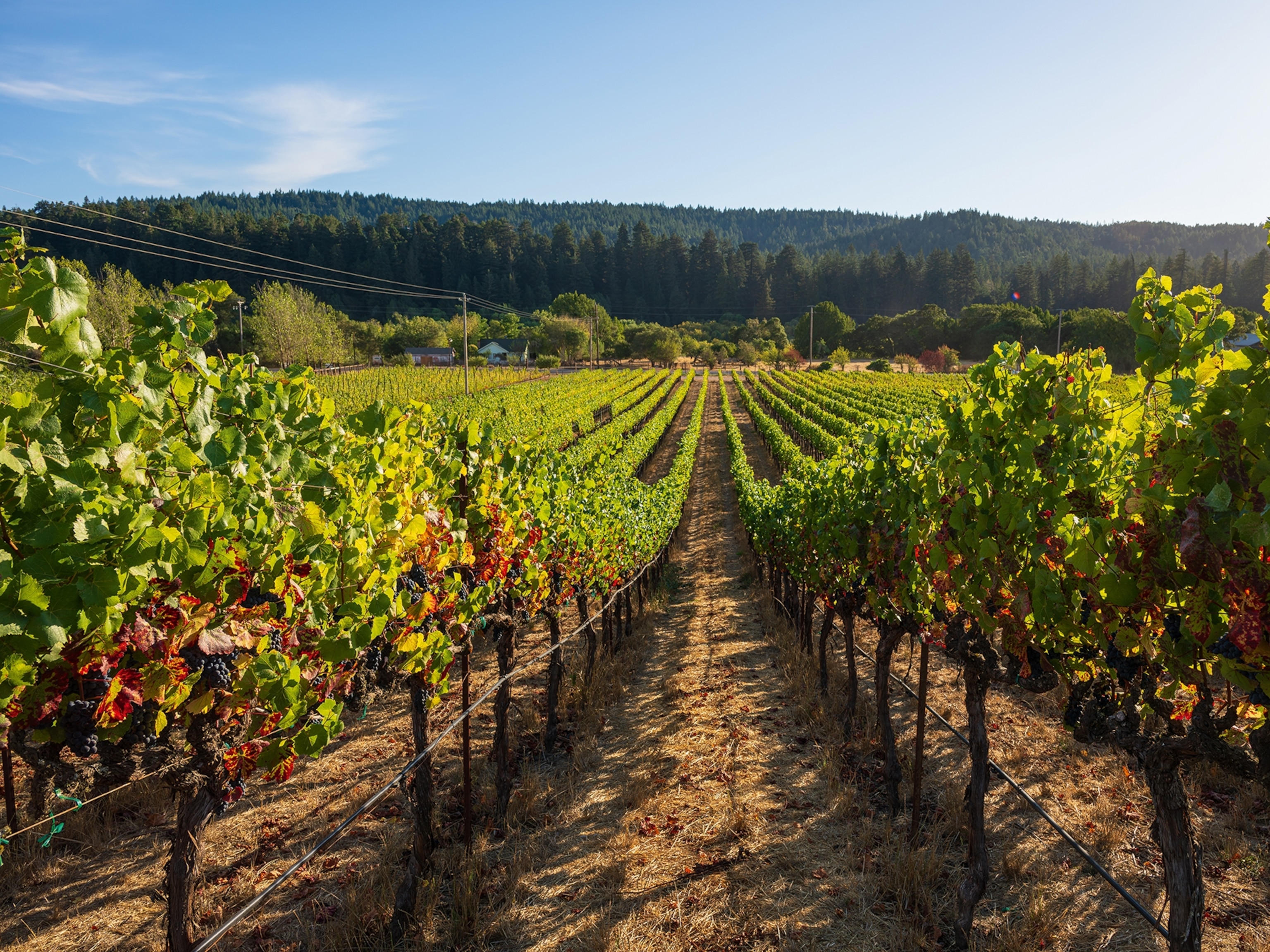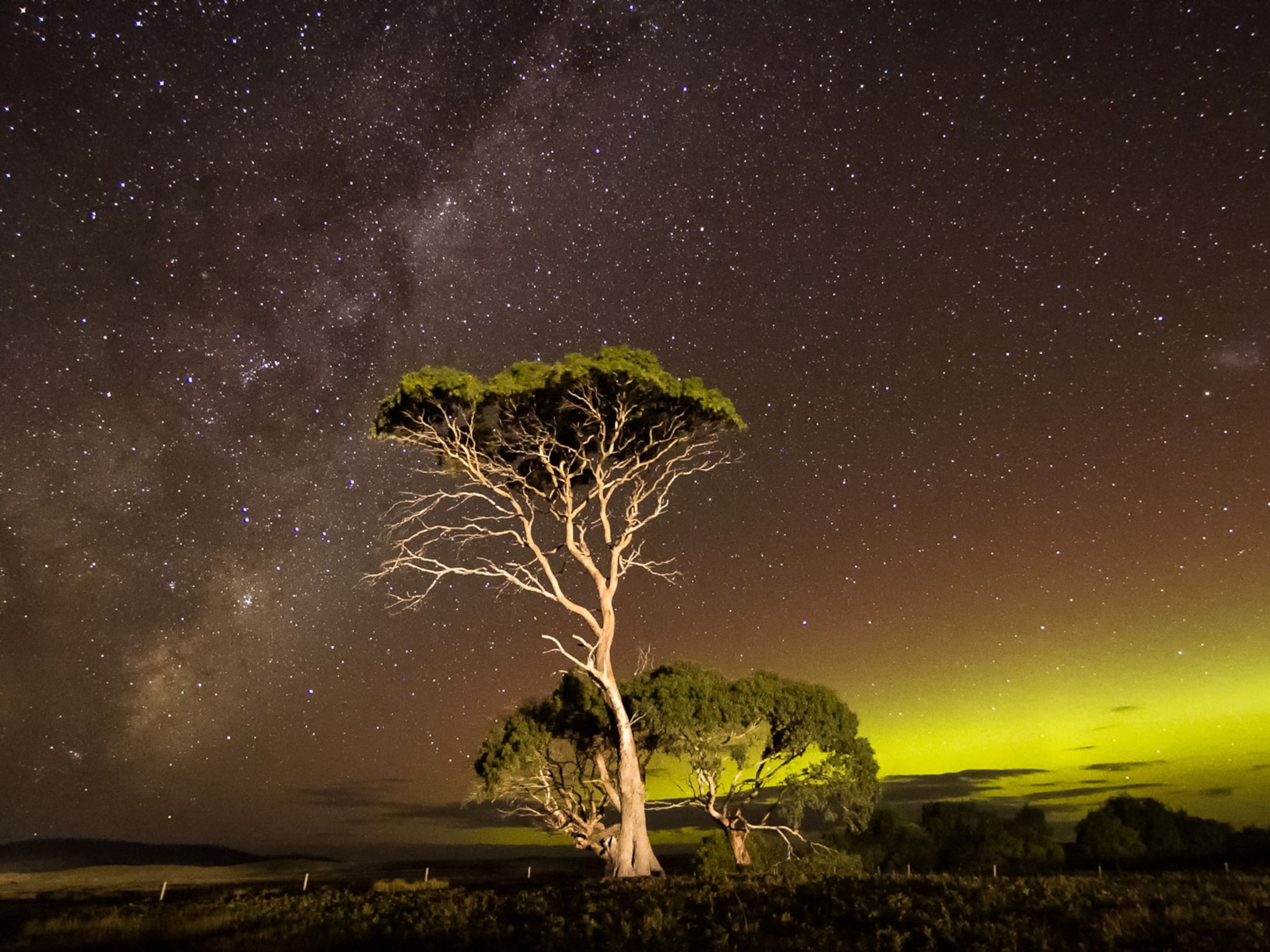Clouds typically engulf Colombia's mountainous Caldas province west of Bogotá. The resulting wet conditions and cold nights have proven the perfect recipe for producing distinctive Arabica coffee, some of the highest grown coffee in the world.
To trace the coffee to its source and learn how Nespresso is helping Caldas farmers build a sustainable, high-quality coffee culture, National Geographic sent award-winning photographer Rena Effendi to Aguadas, or "the land that gives water." Located around 5,900 feet above sea level, the town is surrounded by the smallholder coffee farms where Master Origin Colombia coffee is born.
"On the drive to Aguadas, you feel like you are entering the clouds," says Rena, who accompanied Nespresso agronomists on their regular rounds to remote, family-owned coffee farms. The agronomists, part of Nespresso's AAA Sustainable Quality™ Program, launched in 2003, build long-term relationships with coffee growers while also introducing new techniques and providing technical assistance to ensure a sustainable supply of high-quality coffee.
To consistently produce the Aguadas-sourced taste—a sweet and winey coffee with hints of candied apple and red berry notes—Nespresso's AAA agronomists visited dozens of farms and identified the common factors that created the preferred flavor:
- High altitude locations (4,900 to 5,900 feet above sea level) in green mountain valleys situated above the clouds with cold overnight temperatures
- Careful, manual selection of ripe, red, and dense coffee cherries
- A long fermentation process of over 21 hours to clean up any pulp left around the seeds and prepare them to be dried
- Naturally drying the coffee in sunlight
Using these four factors as the foundation, the agronomists created a standard protocol for Aguadas farmers to follow to produce coffee in the quantity that Nespresso requires. The Arabica coffee cherries are best picked when they are ripe, then pulped to remove the cherry skin and fermented for a long time due to the region’s microclimate. “Our task is to identify the best process for every coffee producer,” says Nespresso agronomist Alexander Aranda. “Since every farm is unique, we visit each farm and suggest the most appropriate methods for each farm.”
On her treks to the farms, such as grower Lionel Quintero’s, Rena got a firsthand look at the Aguadas process—a painstaking, artisanal method rooted in family tradition and a regional passion for coffee. Farmers deftly pick cherries from trees growing on steep and often muddy slopes, and toss them into milling machines to remove the skins. Fermentation then loosens the flesh, or mucilage, and makes it easier to wash off.
Before the Nespresso AAA protocol was put in place, the mucilage was discharged into local rivers. Now, working with Nespresso agronomists, Aguadas farmers are composting the fruit waste, which helps protect water quality, reduces the need for additional fertilizer, and enriches the soil.
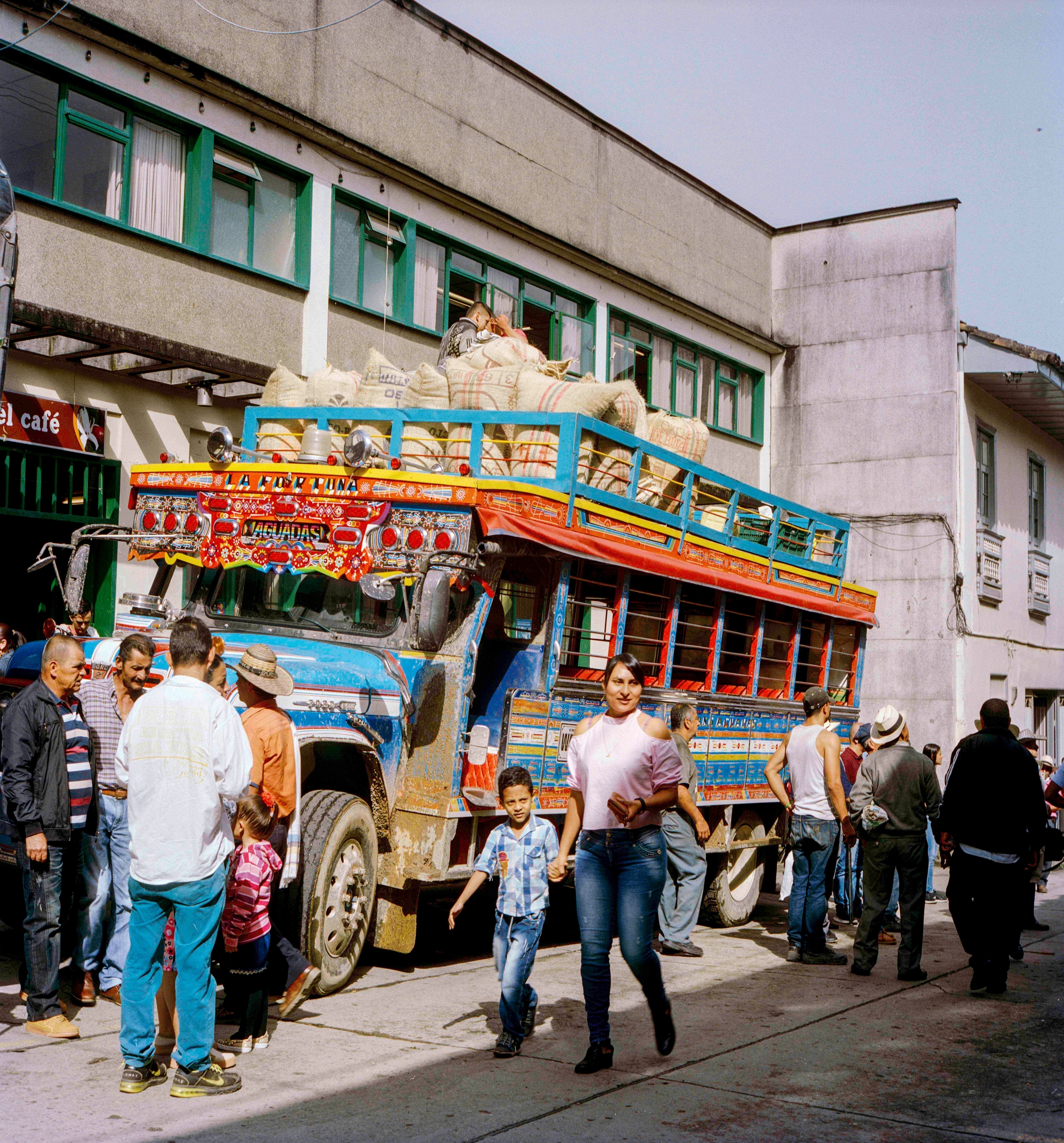
The final step in the process celebrates Aguadas's distinctive coffee culture. The burlap sacks of beans are loaded onto colorful chiva (goat) buses that rumble into town to the cooperative where coffee is graded, sorted, sold, and, sometimes, roasted. Due to their hard work on raising the sustainable quality of their coffee, the farmers have been getting a better price. For Rena, witnessing the arrival of the brightly painted chivas reinforced the artisanal and thoroughly original aspect of Aguadas-sourced coffee.
“On Saturdays the whole town wakes up when the chivas descend,” she says. “It's a big party. The chivas are a cultural symbol of the place. The farmers could use trucks to carry their coffee, but they choose to continue the tradition. It just adds another layer of wonderfulness to the Aguadas coffee experience."

